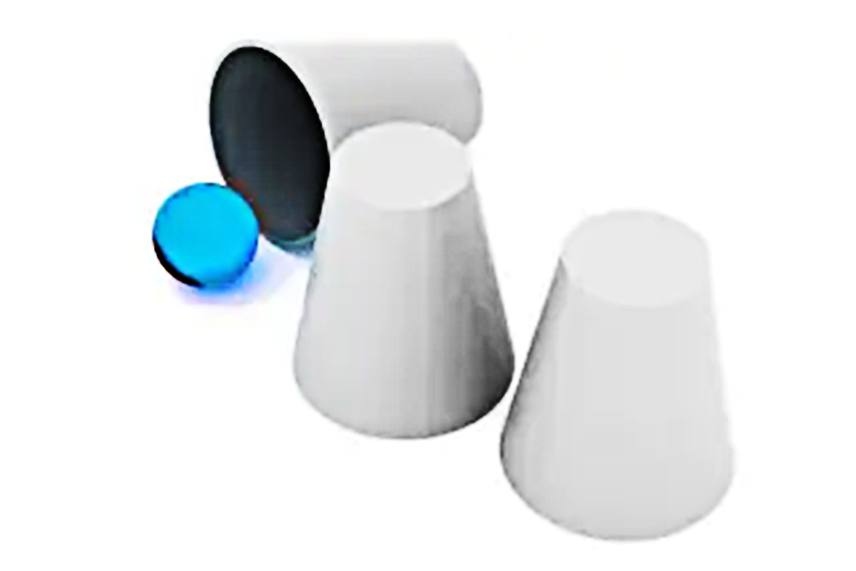
In this post, we’ll take a look at some usability evaluation methods most commonly used in software design today. These can be applied at different stages in User Centered Design process. These methods can be broadly categorized into 3 categories – Inquiry, Inspection and Testing.
- Contextual Inquiry (Inquiry)
When – Early stages of development, the information collected through this techniques is quite subjective
Why – When it is important to see how different users work in different environments/domains
How – It is sort of an interview method where you need to go to the user’s workplace, ask them few standard questions based on your purpose and observe them while they work
- Focus Groups (Inquiry)
When – Early stages of project/product planning
Why – To obtain various reactions/opinion about a particular concept. It’s also useful for gathering different insights & preferences.
How – This is a group interaction activity where a selected range of people gather to discuss a particular topic and give their reactions, opinions, insights etc. This discussion usually happens under the guidance of a moderator who follows a discussion plan. - Heuristic Evaluation (Inspection)
When – At any stage of design phase
Why – To determine the usability problems in the design
How – Usability experts (mostly one to three) judge the compliance of various user interface elements with established usability guidelines.
- Card Sorting (Inspection)
When– Early design phase of the project
Why – To design the Information Architecture and know how users would categorize and label the information
How – Test users are given a unsorted collection of items and asked to organize them into categories, determining associations, grouping and finally label them.
- Usability Testing (Testing)
When – Wireframe stage & also the later stage
Why – To test the user friendliness of the application/product in terms of speed of use, ease of use, overall efficiency etc.
How – This is a testing method in which the test user is observed using the product. Thinking Aloud protocol is a popular technique used here in which the users are requested to vocalize their thoughts while exploring the product or performing a particular task. The observation can be either obtrusive or non-obtrusive.
Above methods are followed by careful and systematic analysis through proper interpretation sessions which include evaluation of the most important usability problems and studying affinities.
At Harbinger, we use these methods regularly based on the needs of our clients. Do you use of any of these during your product design? Or are there any other techniques that make your product go from good to great?






